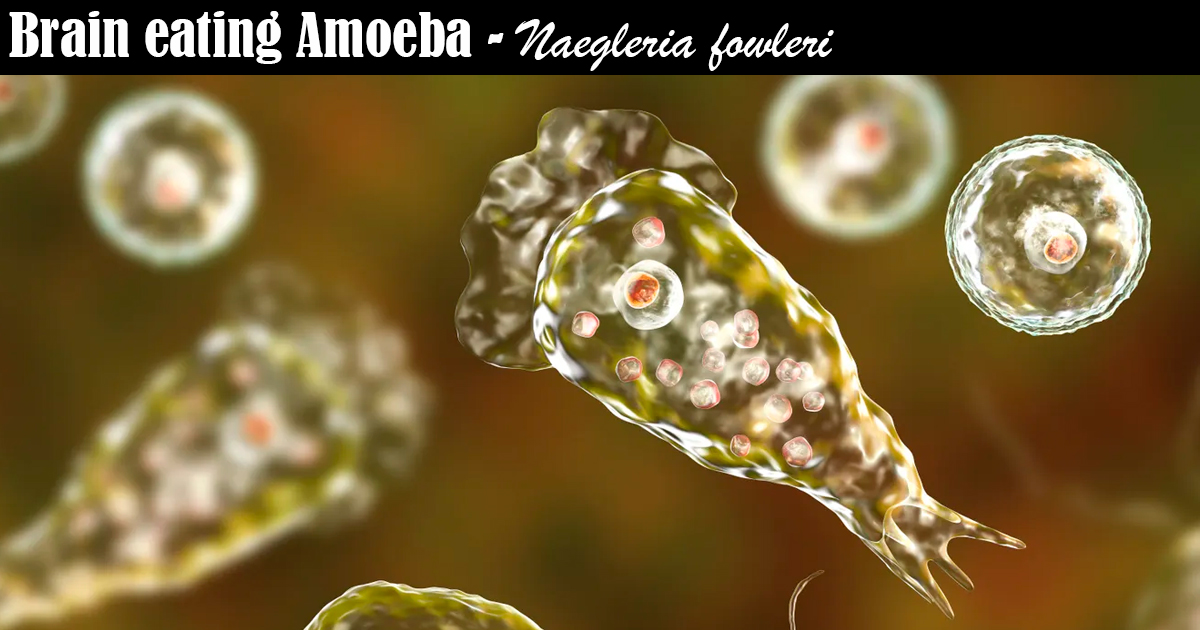
Context
Recently, three deaths have been reported in Kerala due to the rare and fatal infection known as primary amoebic meningoencephalitis (PAM).
Primary Amoebic Meningoencephalitis (PAM)
- Cause: PAM is caused by Naegleria fowleri, an amoeba that thrives in warm freshwater environments such as lakes, ponds, rivers, and poorly maintained swimming pools.
- Nature: This free-living microorganism primarily feeds on bacteria but can become pathogenic in humans.
- Mechanism: Naegleria fowleri, often referred to as the ‘brain-eating amoeba,’ can infect the brain and destroy brain tissues.
- Fatality: These infections are rare but almost always fatal, with a mortality rate of 97%. Most patients succumb to the infection within one to 18 days.
- Symptoms: Early symptoms include headache, fever, nausea, and vomiting. As the disease progresses, symptoms can include a stiff neck, confusion, lack of attention to people and surroundings, loss of balance, and hallucinations.
Conditions for Infection
- Summer Activities: Swimming in lakes, ponds, or rivers during the summer can lead to infection.
- Environmental Factors: High atmospheric temperatures and low water levels increase the probability of Naegleria fowleri spreading.
- Mode of Entry: The amoeba enters the body through the nose and travels to the brain, where it causes infection.
- Vulnerability: Children are found to be more vulnerable to this infection.
Treatment
- Current State: There are no standard treatment methods for PAM, making prevention and early diagnosis critical.




